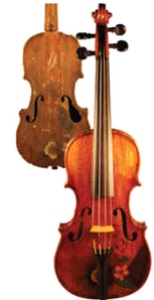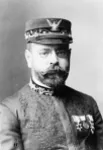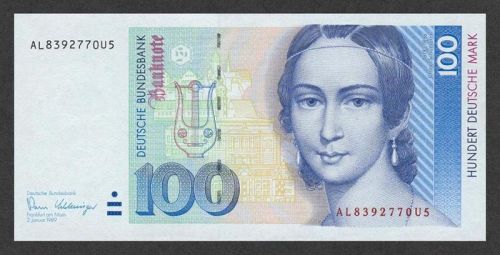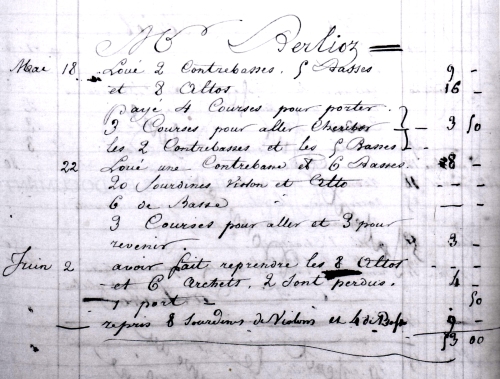
In this centenary year of Wilson’s election, let’s eavesdrop on a rare musical moment during his presidency.
 The harpist Melville A. Clark (inset), having performed at the White House with the Irish tenor John McCormack a few months earlier, was invited back on 27 May 1914 to accompany the singing of Wilson’s eldest daughter, Margaret. The musicale was attended by 500 guests, including several visiting diplomats.
The harpist Melville A. Clark (inset), having performed at the White House with the Irish tenor John McCormack a few months earlier, was invited back on 27 May 1914 to accompany the singing of Wilson’s eldest daughter, Margaret. The musicale was attended by 500 guests, including several visiting diplomats.
Clark now takes up the story, in an article published in the Christian Science monitor on 19 May 1945:
“When the last distinguished guest had departed, the president asked me to take the harp and go with him to the rear portico of the White House. It afterward became plain that he was gravely worried over the possibilities of war between the United States and the countries of the diplomats he had just entertained; and sought to relieve the tension by singing.
“I was counting it a great privilege, as well as a pleasure, to be able to give the president a lift at a time when he was burdened perhaps with the melancholy thought that his guests, that evening, might soon be his mortal enemies. But I assumed he wished merely to sit awhile in the soft Maytime air and listen to the harp.
“He asked me if I could play Drink to me only with thine eyes and I bent eagerly over the harp and began softly the familiar melody.
“Then I was surprised when the president began to sing the song in a clear lyric tenor voice.
“He suggested one song after another—Scottish and Irish songs and those of Stephen Foster. He sang easily and with faultless diction. It was nearly midnight when he stood up to go, amazingly buoyant, relaxed, and unworried.”
This according to Pulling strings: The legacy of Melville A. Clark by Linda Pembroke Kaiser (Syracuse: Syracuse University Press, 2010; the chapter is reprinted in The American harp journal XXII/4 [winter 2010] pp. 36–40).
Related article: George Washington, dancer















